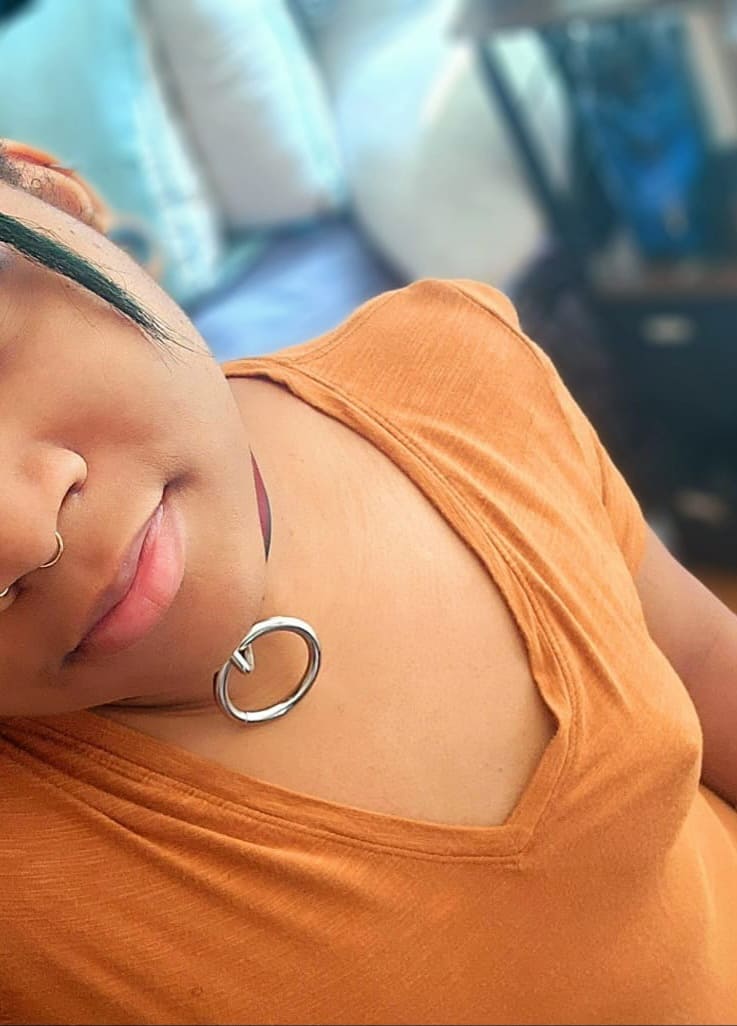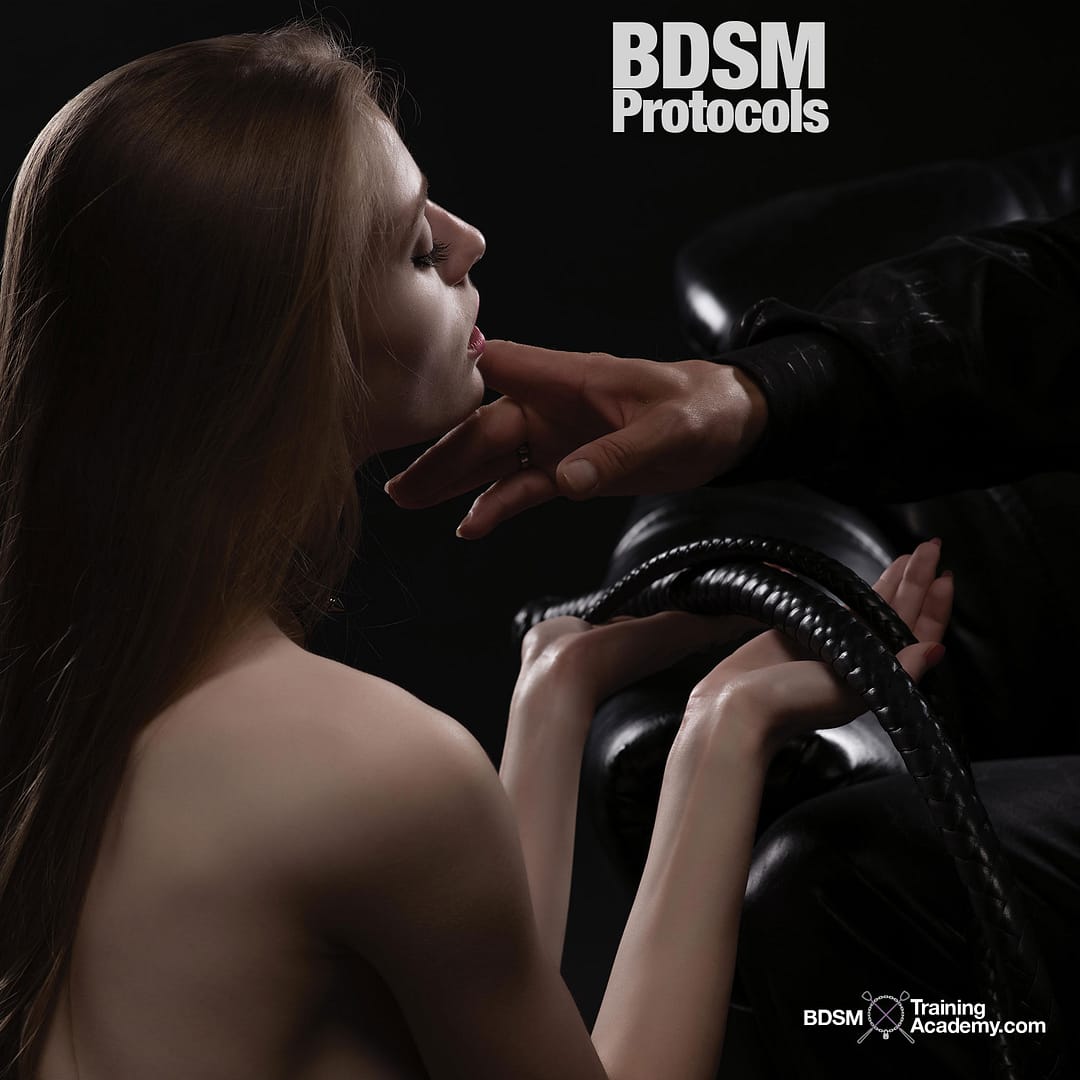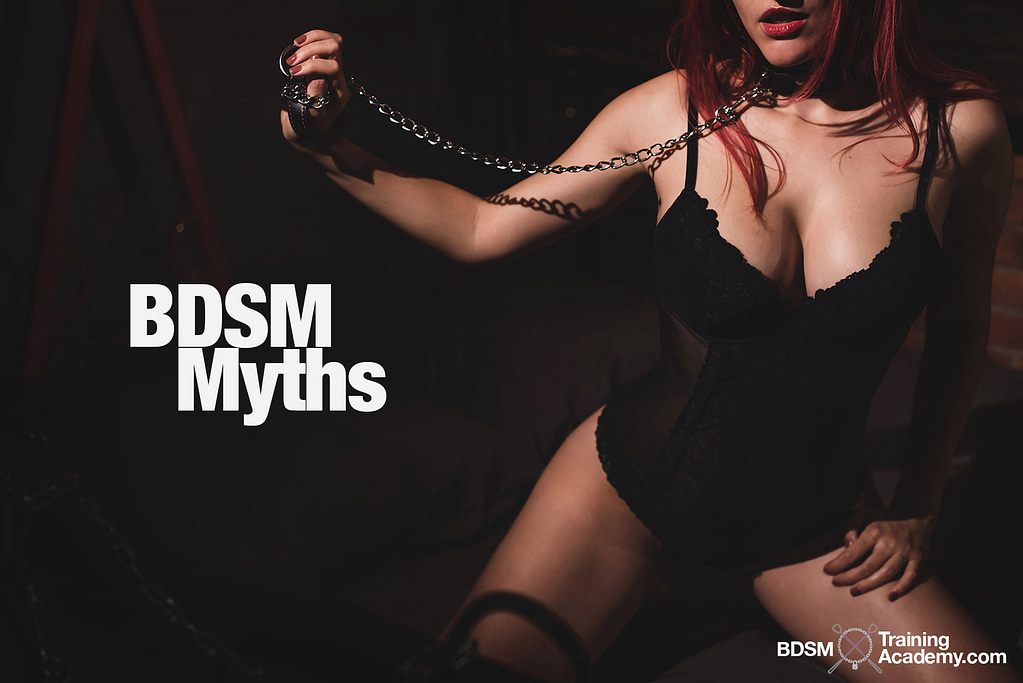Hidden behind a veil of intrigue and misconceptions, the world of BDSM calls to us with its complexities and secret desires. “Kink Redefined: Shattering the Myths of BDSM” is a journey into the heart of a lifestyle that defies stereotypes and invites us to explore the boundaries of human connection and consent.
We live in a society where preconceived notions often obscure the truth. But I believe it’s time to peel back the layers and unveil the profound meaning and realities beneath the surface. Join me as we embark on a quest to demystify BDSM, one myth at a time, and discover a world of trust, exploration, and consensual pleasure that is far more profound and multifaceted than the shadows it often casts.
Shatter preconceived notions by sharing this link
1. BDSM is all about pain.
2. BDSM is Abusive and it is a Mental Disorder!
Let me take a moment to say that certain aspects of kink do come with the risk of bodily harm BUT BDSM is not inherently dangerous. Like anything else we approach in life, principles such as consent, moderation, sane, and safety are always crucial in ensuring that our experiences individually and interpersonally remain balanced and reduce the chances of serious injury.
However, individuals that are dedicated to BDSM including myself pride ourselves on practicing AND enforcing “safe, sane, and consensual” sexual experience. Even in scenes or sessions where pain is inflicted or involved, caution is exercised to ensure no lasting damage.
Often we keep “safewords” – this is a key term used by either the Bottom/Submissive or the Top/Dominant should they feel overwhelmed, encroached upon, uncomfortable, maxed out which means reaching your personal threshold or hard limit; or even just in need of a reprieve. There is no abuse here. These guidelines are set before engagement and an understanding must be reached by both parties to engage.
But aren’t all BDSM relationships abusive?? No. Abuse is about one partner gaining and maintaining power and control over another. A healthy BDSM relationship revolves around a consensual power exchange. Abusive individuals do not seek consent, they do not respect or consider boundaries and there’s no sense of mutuality. Should any individual ever feel pressured to engage in any sexual activity that is to prove their worth, devotion, or submission to their partner, this is a red flag. This is sexual coercion. Consent is SOBER, uncoerced, enthusiastic, and can ALWAYS be revoked.
As a young woman on the receiving end of both ABUSE and SSC – I’ve experienced partners in the past who have considered their fantasies over my comfort. Many times, I was never asked. It was simply assumed that I would just engage. There were no dialogues, no aftercare, no debriefing, and very little communication. I was simply expected to serve my partners’ needs. Worst of all, NO was not accepted. I’d said “No” when uncomfortable with engaging in certain actions, “No” when I’d reached my hard limits and felt encroached upon, “No” when I felt backed into a corner and my “then” partner, still proceeded and disregarded my words and pleas. In these moments, I went from being a human being to being a toy and this is a perfect example of sexual abuse.
That being said, some red flags in a BDSM relationship are:
- Things moving too quickly for your comfortability
- Being/Feeling pressured into something you’re unsure of or need more time with
- An unwillingness for your partner to follow safety guidelines
- Not establishing a safeword or limiting the safeword’s use to “EMERGENCIES ONLY”
- Not being mindful of physical signs to look out for to ensure the submissive’s safety like loss of consciousness, hyperventilation, shallow breathing, etc.
If it’s not abusive, then does being into BDSM mean you have a mental disorder?
Some studies indicate that those who partake in BDSM have better mental health than those who do not. It has been found that they are often more extroverted, open to new experiences more, less sensitive to rejection, and have a higher sense of well-being. According to Tania Glyde’s “BDSM: psychotherapy’s grey area” essay, a 2013 Dutch study found good levels of mental health in the kink population they studied, compared to a control group (The Lancet Psychiatry, March 2015).
Another study done by the National Library of Medicine shows us that 902 BDSM participants vs 434 control participants filled out an online questionnaire focusing on the Big Five personality dimensions. For those who may be unfamiliar with this test, it focuses on how we handle themes such as rejection, our attachment styles (whether we are avoidant, fearful, secure, or dismissive in our relationships with others), and subjective well-being. The results indicated that those who engaged in BDSM were less neurotic, more conscientious, and had higher subjective well-being (2013, A. Wismeije, M. A L M van Assen).
In addition, The American Psychiatric Association removed BDSM as a paraphilia from the Diagnostic and Statistic Manual of Mental Disorders (DSM-5) in 2013. So definitely, no, to the mental disorder claim.
3. BDSM is incompatible with Loving Relationships
This is untrue, in my opinion. As a member of the kink community, I can vouch for my personal and current experience. First and foremost, BDSM enhances intimacy! The years of practicing safe, sane, and consensual with my newer partner of 4 years, have helped me in the way of self-discovery.
It has also supported my mental health, too, by providing me with a safe space to talk out my traumas with my partner, my therapist and identify things that may be triggering to me and learning how to disarm those triggers so that I can continue building a healthy relationship with my partner. I’ve found personally that it allows me to challenge restrictive thinking as well.
Growing up, I was raised in mixed religious family, where the birds and bees talk wasn’t even provided to me from my parents until AFTER my first sexual encounter. Sex and anything attached to it including BDSM, Sadomasochism and the like were talked about as though they were taboo.
Being raised in a single parent household during the second half of my teenage/young adult portion of life, my father would constantly tell me to stay away from sex. To engage in such acts before my time was viewed as a lack of self-respect, and earned me a label of “whore” or to be “just like my mother” and to be without any “class”. This in turn fueled my apathy towards sex, sexuality, exploration and my identity. It perpetuated a sense of disgust and shame.
I found myself more often saying things like, “my father would have a heart attack if he knew the things I got up to.” Working with a supportive partner (friend of 6 years and relationship partner for 4 years) allows me to work towards being my best self while exploring BDSM terrain.
There is a very fine separation between our BDSM scenes and our standard relationship since we both lead fairly busy lives. But in both, he is equally loving, caring, protective and acts a field guide for me as I explore and poke around and stumble about.
Our relationship has been, if anything, more loving. BDSM has encouraged much more of an open-door policy where I can talk freely and not be afraid or worried about being chastised or shamed for the ways I wish to express myself sexually – whether that be provocative clothing, fulfilling a submissive or little girl role.
Most certainly, having tools like littlespace or submissive space have been very therapeutic to me. Being high strung from a high stress job in healthcare, running behind a puppy and a kitten throughout the day and minding my father and newest siblings require me to be in control, and ever the adult.
These alternate spaces allow me to receive love and provide service to the one that I love and am dedicated to without force. It allows for a more natural form of love to be expressed and a more natural form of creativity as well. Having the Daddy Dom allows for me to receive the love and be cultivated in positively – which are things I unfortunately did not receive as a child. It gives a better sense of security, appreciation and joy.
4. The Dominant Partner has all the power.
This is one of the biggest misconceptions! Many may believe that the more dominant partner has all the power but the reality is this power is split equally but weighed heavier on the submissive because none of the acts can occur if consent is not given by the submissive. The dominant cannot dominate without the submissive’s permission and must stop when the safeword is employed. They cannot bring the submissive beyond their limits unless given permission to do so and they cannot be dominated into submission.
However, the submissive chooses to submit to the Dominant under their conditions. They get to decide just what and how much will happen to them and if in distress to the point of being unable to stop things, the Dominant will stop their session. The dominant is allowed to always say NO! If they are distressed or feel discomforted in anyway, the dom can pull the plug and simply say, “I cannot do this right now/at this time/at all. Stop.” This is a perfect example of balancing the scales. It is a give and take relationship. One or the other having “all the power” is a blanket statement of empowerment but that is where it ends.
Conclusion
This is just barely scratching the surface of the myths within the world of BDSM BUTwe’ve uncovered some truths that have been far removed from the misconceptions that cast shadows on this lifestyle. Contrary to popular belief, BDSM is not inherently abusive and it is not indicative of mental disorders. It thrives on principles of consent, safety, and mutual respect, fostering healthy, loving relationships. This very intricate balance of power between dominants and submissives underscores the essence of trust and mutual satisfaction. Beyond the misconceptions lies a world where communication flourishes, boundaries are revered, and personal growth is always celebrated. In essence, BDSM is a tapestry woven with threads of trust, consent, and exploration, inviting us to embrace diverse expressions of desire and challenging societal norms with an ethos of mutual respect and understanding.
Copyright 2008-2024 BDSMTrainingAcademy.com
By reading and accepting this article you agree to all of the following: You understand that this is simply a set of opinions, personal experience and anecdotal evidence (and not advice). You are responsible for any use of the information in this article, and hold BDSMTrainingAcademy.com and all members and affiliates harmless in any claim or event.
You must be 18+ years old to read this blog

By Koré Rossi
A vibrant NYC entrepreneur who leads in pharmacy services by day and crafts intentional candles by night. Rooted in spirituality, philosophy, and psychology, she navigates diverse realms. She is a part-time Little, serving as a slave and submissive since 2020 with her Dominant and Master; practicing ethical non-monogamy, and using her unique perspective to coach others in spiritual matters, self-discovery, and exploration. She weaves a tapestry of interests from gaming and baking to traditional fine art & digital painting.
Works Cited
1. Gerson, Merissa Nathan. “BDSM Versus the DSM.” The Atlantic, 13 January 2015, https://www.theatlantic.com/health/archive/2015/01/bdsm-versus-the-dsm/384138/.
2. Glyde, Tania. “BDSM: psychotherapy’s grey area.” The Lancet: Psychiatry, vol. 2, no. 3, 2015, pp. 211-213.
3. Marks, Sadie. “Submissives hold all the power…or do they?” Musings of a Chaotic Mind, 25 October 2018, https://kessilylewel.com/2018/10/25/submissives-hold-all-the-power-or-do-they/.
4. Melissa. “Healthy BDSM Relationships Are Possible – The Hotline.” National Domestic Violence Hotline, https://www.thehotline.org/resources/healthy-bdsm-relationships-are-possible/. Accessed 3 January 2024.
5. Psychology Today. “BDSM.” Psychology Today, https://www.psychologytoday.com/us/basics/bdsm.
6. “Safewords for Doms: Because Doms Are People, Too!” A Kinkster’s Guide, 23 November 2008, https://bdsm-sexperts.blogspot.com/2008/11/safewords-for-doms-because-doms-are.html. Accessed 3 January 2024.
7. Wismeijer, Andreas A J, and Marcel A L M van Assen. “Psychological characteristics of BDSM practitioners.” The journal of sexual medicine, vol. 10,8, 2013. https://pubmed.ncbi.nlm.nih.gov/23679066/.
Related Posts

BDSM Protocols: Part 1 – Introduction
I feel like the least-likely guy on the Earth to w...

How To Respect And Follow Your Dominant’s Guidance In Their Absence In Kinky Situations
The presence of a Dominant can be hugely comforting in public. Having their guidance and being able to follow their lead in real time can relieve the stress and pressure of making decisions! But sadly our Dominants can’t follow us everywhere (or vice versa!) and often we must operate without their immediate guidance. So let’s talk about how you as a submissive can respect and follow your Dominant’s guidance in kink settings when your Dominant is not physically present!

The Power Of Mummification Within BDSM
With each step deeper into your desires, new exper...








